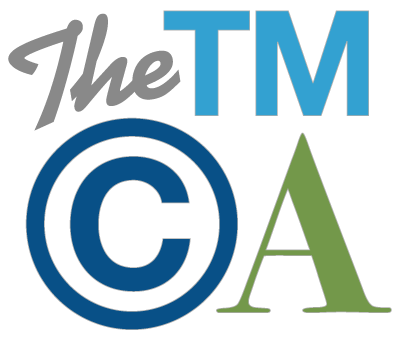Can I be sued for sending a demand letter?
 In the UK, you can be. But the law is about to change and will become much clearer. New legislation will make life a bit easier for IP owners who seek legitimately to enforce their rights. Unjustified threats will remain actionable, but it will be easier to see where the line is drawn.
In the UK, you can be. But the law is about to change and will become much clearer. New legislation will make life a bit easier for IP owners who seek legitimately to enforce their rights. Unjustified threats will remain actionable, but it will be easier to see where the line is drawn.
UK law has for many years provided for a cause of action against unjustified threats to bring proceedings for patent, trade mark or design infringement.
The provisions on unjustified threats were intended to discourage IP owners from adopting bullying tactics – dispatching baseless threats of infringement against all and sundry.
More specifically, the law takes issue with making frivolous threats against downstream traders, such as retailers and distributors. Such traders often have insufficient economic interest in the allegedly infringing product and rather than resisting a baseless complaint may prefer to stop selling the product, so as not to be dragged into proceedings in which they have little interest.
There is nothing wrong in enforcing IP rights. It has always been a good defence against an “unjustified threats” claim if the IP owner can demonstrate that an infringement had indeed been committed. But an aggressor can cause real damage to the supplier of the accused goods simply by making threats against distributors and retailers, even if the allegation of infringement has no legs to stand on. This is not just unfair – it is also economically inefficient.
The law, therefore, is intended to encourage the IP owner to go after the source – the manufacturer or the importer of the goods. If the claim is bad, the person with a direct interest in the product will surely fight it.
Unfortunately, the law as it stood for many years failed to achieve those aims. In essence, it shot too widely with the consequences of potentially discouraging legitimate IP enforcement.
The new legislation refocuses the “unjustified threats” provisions, properly targeting the problem and avoiding a variety of unintended consequences that characterized the existing law. In addition, the same set of rules will apply for trade marks, patents and designs (avoiding situations where a single case that concerns more than one IP right is subject to different sets of provisions relating to “unjustified threats”).
Changes introduced by the new legislation include, among other things, a tighter defence to the IP owner where the enforcement action is directed at a manufacturer or importer; a clearer definition of “permitted communications” that fall short of an actionable threat (including enquiries designed to identify the manufacturer or importer of allegedly infringing goods) and a defence to regulated professional advisers when they act on behalf of clients.
The new legislation was rushed through at the end of the last Parliament before it was dissolved ahead of the coming general elections. The law will come into effect when the next government decides to trigger it.







